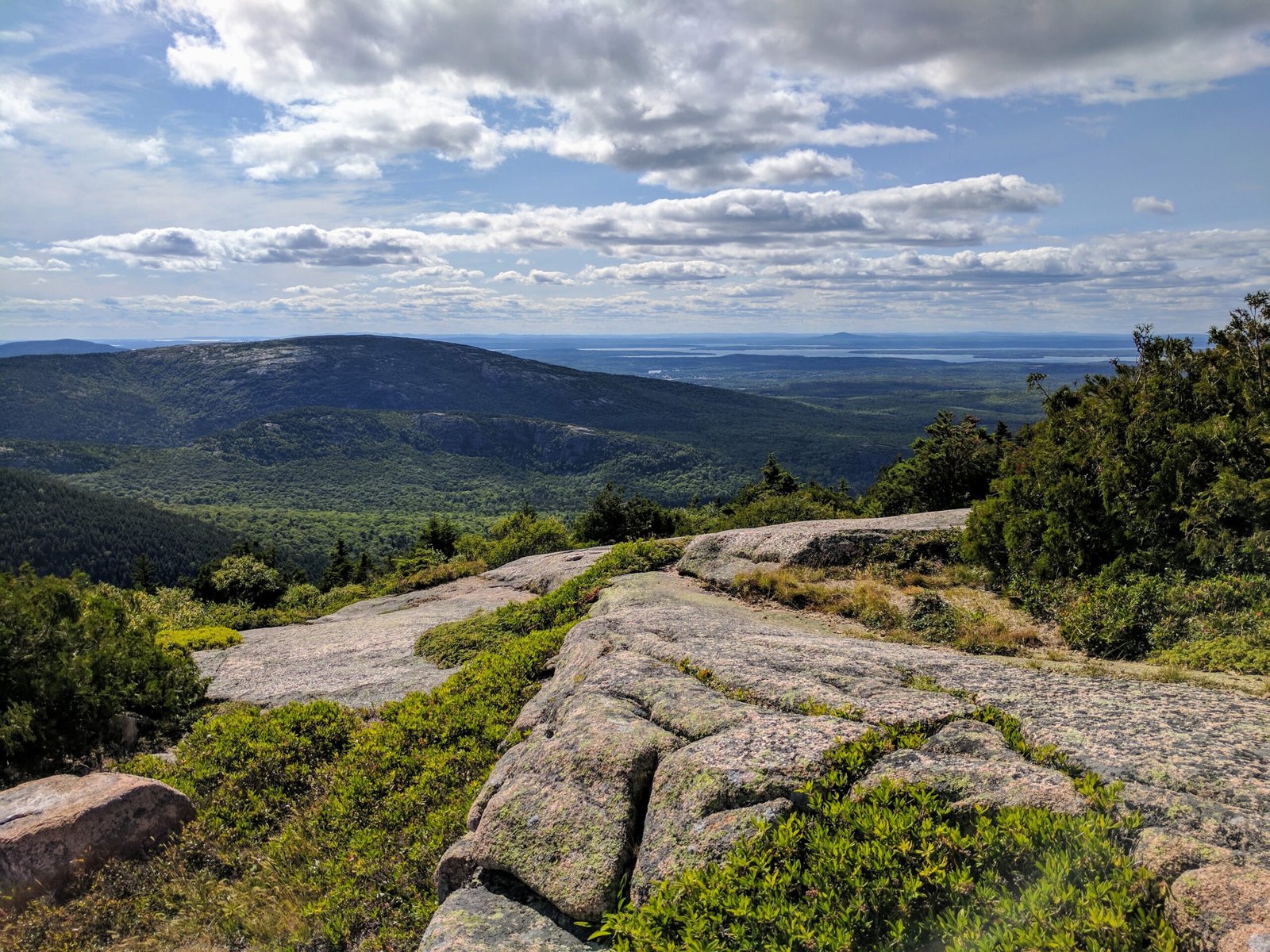Your cart is currently empty!

Ultimate Guide to Visiting Acadia National Park: Insider Tips from a Decade of Travel Experience
Posted Date:
Planning Your Trip to Acadia National Park
When planning your visit to Acadia National Park, understanding the best times to go is crucial to making the most of your experience. The park is open year-round, but each season offers a distinct perspective on its breathtaking landscapes. Spring, from April to early June, brings blooming wildflowers and fewer crowds, making it an excellent time for nature enthusiasts. Summer, from late June to August, is the peak tourist season with warm weather perfect for hiking, biking, and water activities, though this means you’ll encounter the highest visitor numbers. Fall, spanning September and October, is famous for its stunning foliage, providing a vibrant and picturesque backdrop. Winter, from November to March, transforms Acadia into a serene snowy wonderland, ideal for cross-country skiing and snowshoeing.
Choosing the right accommodation is another pivotal aspect of trip planning. Acadia National Park offers a range of lodging options. For those who prefer to stay within the park’s bounds, there are several well-maintained campgrounds, including Blackwoods and Seawall Campgrounds, which offer basic facilities and a close-to-nature experience. For a more comfortable stay, the nearby towns of Bar Harbor and Southwest Harbor provide a variety of hotels, inns, and bed-and-breakfasts. From luxurious accommodations with top-notch amenities to budget-friendly motels, there’s something to suit every traveler’s needs. It’s advisable to book your stay well in advance, especially if you’re traveling during the peak summer or fall seasons, to ensure availability and better rates.
To avoid the rush and enjoy a more peaceful visit, consider traveling during the shoulder seasons—spring and fall—or weekdays rather than weekends during the summer. Making reservations for lodging and any guided tours or activities early is essential. Additionally, planning your daily itineraries around the park’s busiest times can help circumvent large crowds, particularly at popular spots like Cadillac Mountain and Jordan Pond.
Your packing list will depend on the time of year and the activities you plan to undertake. Always carry weather-appropriate clothing, sturdy hiking boots, and rain gear. In summer, sunscreen, insect repellent, and plenty of water are vital, while in winter, layered clothing and thermal wear are necessary. Regardless of the season, a map of Acadia National Park and a first aid kit are indispensable for a safe and enjoyable adventure.
Must-See Attractions and Activities in Acadia National Park
Acadia National Park is a haven for nature enthusiasts and adventurers alike. One of the park’s most iconic landmarks is Cadillac Mountain, which stands as the highest point along the North Atlantic seaboard. A visit during sunrise or sunset is a must, as the sweeping views of the bay and surrounding islands are breathtaking. Another notable spot is Jordan Pond, famed for its crystal-clear waters and the iconic Jordan Pond House, where you can savor delicious popovers against a scenic backdrop.
Exploring the Park Loop Road is an excellent way to take in the diverse landscapes Acadia offers. This scenic 27-mile drive will guide you through lush forests, rocky coastlines, and serene lakes. There are plenty of pull-off spots ideal for capturing stunning photos or simply soaking in the views.
For hiking aficionados, Acadia provides an extensive network of trails catering to various skill levels. The Beehive Trail offers a challenging yet rewarding climb with iron rungs aiding the ascent, culminating in spectacular panoramas. Alternatively, the Ocean Path trail is a more leisurely stroll that hugs the coastline, perfect for all ages.
Water-based activities are abundant, with options such as kayaking through the park’s protected bays or embarking on a sailing tour to experience Acadia from a different perspective. These activities allow closer encounters with the diverse marine life and offer unique vantage points for photography.
Wildlife viewing is another highlight, and early morning or late afternoon are ideal times. Keep an eye out for white-tailed deer, red foxes, and the occasional sight of peregrine falcons soaring high above. Seal watching tours also present a delightful opportunity to observe these playful creatures in their natural habitat.
For those seeking tranquility beyond the popular spots, Acadia’s lesser-known trails and hidden gems offer a more secluded experience. The Western Mountain region of the park, for instance, provides solitary paths through thick forests and over granite ridges, promising peace and connection with nature.
Categories: